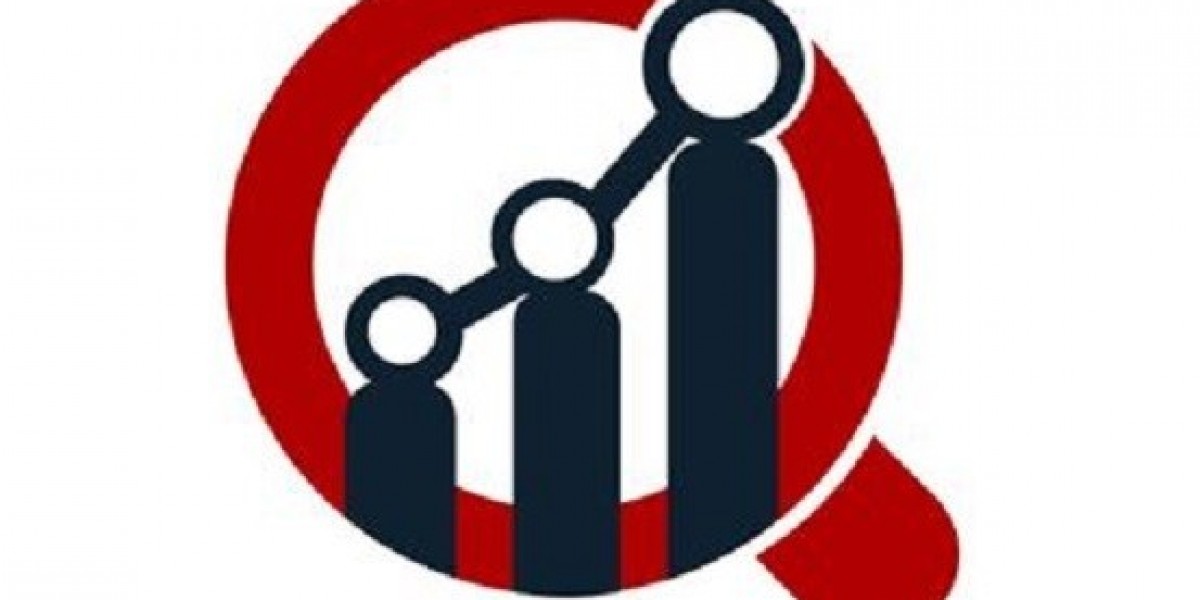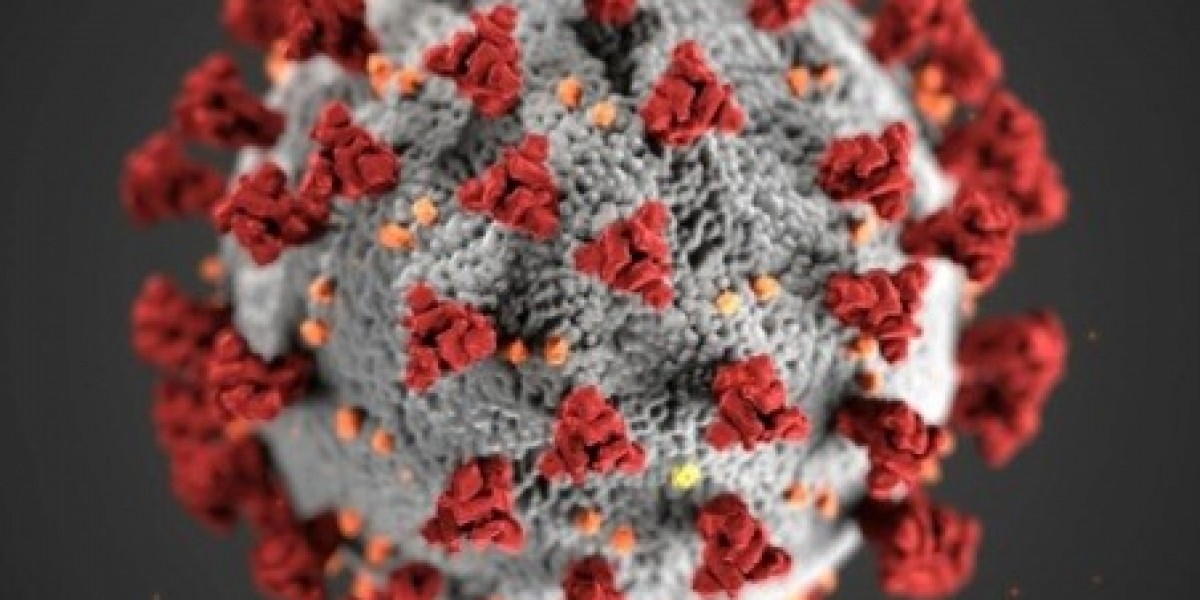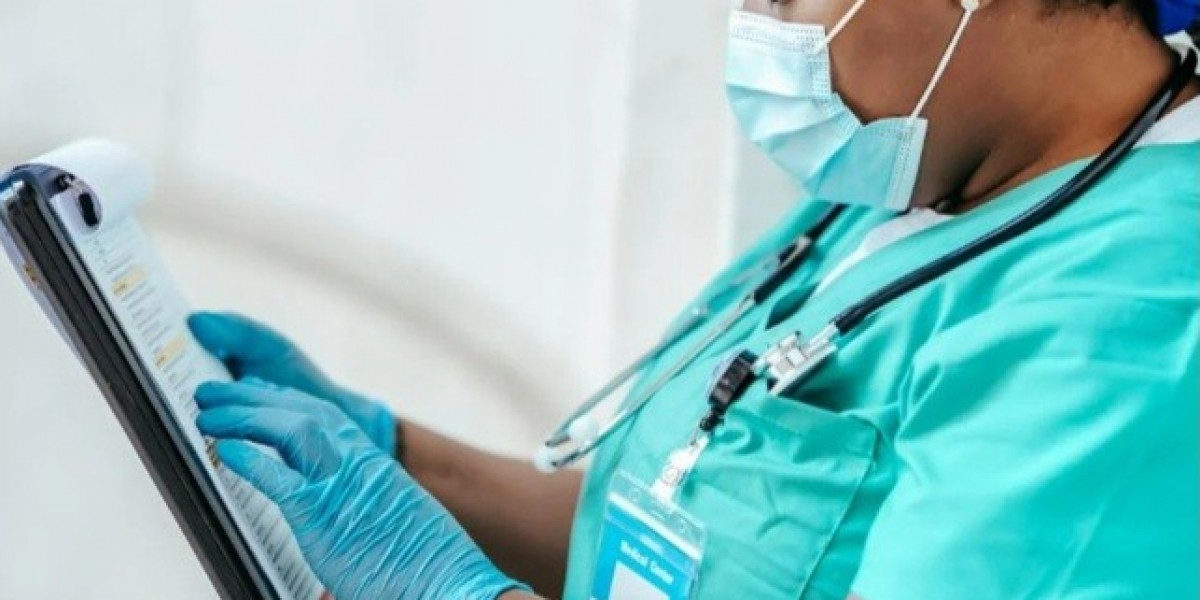Let’s talk about aortic aneurysms—a condition that’s as serious as it sounds. If you’re in the healthcare industry, you know how critical it is to manage these potentially life-threatening balloon-like bulges in the aorta. But here’s the exciting part: non-surgical treatment options are gaining momentum in 2025, offering safer and more sustainable solutions for patients who aren’t candidates for surgery.
What Is an Aortic Aneurysm?
Before diving into medications, let’s understand what we’re dealing with. An aortic aneurysm occurs when the wall of the aorta weakens and begins to bulge. Left untreated, it can rupture, leading to severe complications or even death. Traditionally, surgical interventions like open repair or endovascular procedures were the go-to options. But now, thanks to medical advancements, we’re seeing a shift toward non-invasive treatments.
Why Non-Surgical Options Matter
Non-surgical treatments are a game-changer for patients who can’t undergo invasive procedures due to age, comorbidities, or aneurysm size. These approaches prioritize patient safety while addressing the underlying causes of aneurysm progression.
Medications like beta blockers and angiotensin receptor blockers (ARBs) are showing promise in slowing aneurysm growth by reducing blood pressure and relieving stress on the aortic wall. Statins are also being used to lower cholesterol levels and prevent plaque buildup—a key contributor to aneurysm formation.
Innovations in Non-Surgical Treatments
Let me share some exciting innovations reshaping how we treat aortic aneurysms:
Targeted Drug Delivery: Nanotechnology is revolutionizing medication delivery by enabling drugs to reach specific areas of the aorta. Engineered nanoparticles improve water solubility and reduce side effects.
Biological Therapies: Stem cell-based treatments and tissue-engineered vascular grafts (TEVGs) are emerging as potential solutions for repairing damaged aortic walls.
AI-Powered Insights: Artificial intelligence is optimizing drug regimens by analyzing patient data and predicting aneurysm progression.
These advancements are not only improving patient outcomes but also making treatments more accessible globally.
Clinical Applications of Non-Surgical Medications
Non-surgical medications are being used across various clinical scenarios:
Blood Pressure Control: Beta blockers and ARBs help stabilize blood pressure, preventing further stress on the aneurysm.
Cholesterol Management: Statins reduce plaque buildup in arteries, minimizing rupture risks.
Inflammation Reduction: Anti-inflammatory drugs target pathways that contribute to aneurysm growth.
These applications highlight the versatility of non-surgical approaches in cardiovascular care.
Key Benefits of Non-Surgical Treatments
Here’s why non-surgical options deserve attention:
Safety: Reduced risks compared to invasive surgeries.
Accessibility: Suitable for patients with complex health conditions.
Cost Efficiency: Lower hospitalization costs and shorter recovery periods.
For healthcare professionals, these benefits translate into improved patient care and streamlined resource management.
Comparison of Surgical vs. Non-Surgical Treatments
Let’s break it down with a quick comparison:
| Feature | Surgical Treatments | Non-Surgical Treatments |
|---|---|---|
| Invasiveness | High | Low |
| Recovery Time | Long | Short |
| Risk Factors | Higher | Lower |
| Scalability | Limited | Expanding rapidly |
Non-surgical treatments clearly offer safer and more sustainable solutions for many patients.
Challenges and Future Directions
Of course, there are challenges. Limited drug efficacy in advanced cases remains an issue. Researchers are tackling this by exploring new drug combinations and delivery methods. Regulatory frameworks also need to evolve to accommodate these innovations, ensuring faster approvals without compromising safety.
Looking ahead, collaborations between pharmaceutical companies, healthcare providers, and regulatory bodies will be crucial in driving adoption. With AI-driven insights and nanotechnology gaining traction, the future looks promising for non-surgical treatments.
Closing Thoughts
As we step into 2025, non-surgical options for aortic aneurysm treatment are transforming cardiovascular care. From targeted drug delivery systems to AI-powered solutions, these advancements offer hope for patients worldwide.
If you’re a medical professional or hospital administrator, it’s time to embrace this shift toward safer and more sustainable treatments. Together, we can redefine how we approach cardiovascular health—one innovation at a time!








